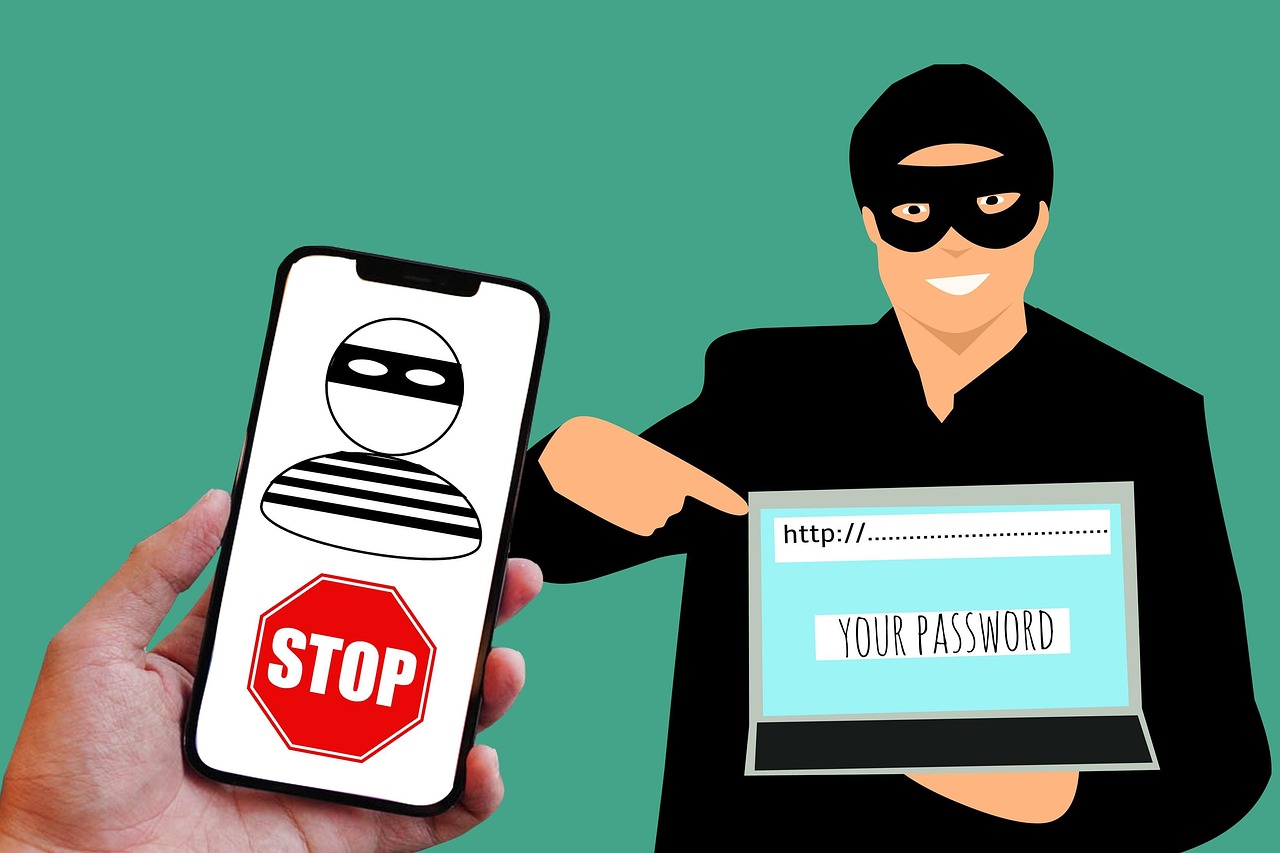An upbeat guide to keeping your inbox, your cash flow, and your sanity safe
There’s an old saying in business: “If it seems fishy, it probably is.” But when it comes to phishing scams—those sneaky, fraudulent attempts to steal your info—it’s not just fishy. It’s phishing, with a “ph,” and it’s out to reel in your small business.
Small businesses are especially juicy targets for cybercriminals. Why? Because you’re often too busy running the world (or at least your corner of it) to babysit your inbox 24/7. Cyberattackers know this. They’re betting on the fact that you’re juggling marketing emails, order confirmations, social media updates, customer queries, and invoices—and that maybe, just maybe, you’ll click first and think later.
Let’s flip the script.
Here’s your creative, no-panic-needed guide to spotting phishing attempts like a digital detective—and keeping your small business too sharp to scam.
Phishing 101: What’s the Catch?
Phishing is a form of cyberattack where scammers impersonate legitimate sources—like banks, vendors, or even team members—to trick you into sharing sensitive info (think passwords, credit card numbers, or access to your systems). It often comes in the form of emails, texts, or fake websites.
The goal? To get you to bite.
And the bait? It’s designed to look very real. That’s what makes phishing dangerous.
Step One: Think Like a Scammer
Put on your villain hat for a second (just metaphorically). If you were trying to fool someone, what would you do?
You’d:
- Use logos that look almost right.
- Mimic the tone and urgency of a trusted brand.
- Send a message like: “URGENT: Your account has been compromised. Click here now to reset your password.”
- Use scare tactics: “Your service will be shut down in 24 hours.”
- Sprinkle in some authority: “This is a final notice from the IRS.”
Now, take that lens and apply it to your inbox. If anything feels just slightly off, that’s your red flag.
Spotting the Tell-Tale Signs (Phishing Red Flags)
Here’s a bite-sized checklist to run through when something smells… phishy.
1. Weird Email Addresses
Check the “From” address. Is it from support@amaz0n-services.com instead of support@amazon.com? That’s a trick as old as the dial-up tone.
2. Generic Greetings
Does the email say “Dear Customer” instead of your name or company? That’s like being served coffee by a barista who just yells “Hey, person!”
3. Urgency or Threats
If the email says something like “Respond within 1 hour or your account will be deleted,” take a breath. Real businesses don’t operate under hostage-like timelines.
4. Spelling Errors & Odd Formatting
Many phishing scams are written in a rush or come from non-native speakers. If the email is riddled with typos or formatting glitches, it’s probably not from a legit company.
5. Suspicious Links or Attachments
Hover over any link without clicking. Does the URL look like a jumble of nonsense or lead to a weird domain? Don’t click. Don’t open attachments unless you’re absolutely sure of the source.
6. Asking for Sensitive Info
No reputable organization will ask for your password or banking details in an email. Ever.
Armoring Up: Small Business Best Practices
✔ Train Your Team
Make phishing training part of onboarding and regular refreshers. If you have employees, empower them to double-check and ask questions. Gamify it! Offer a $5 coffee card to anyone who successfully spots and reports a fake email.
✔ Use Multi-Factor Authentication (MFA)
Even if someone gets your password, they can’t get into your accounts without that second step. It’s like a digital bouncer outside your virtual club.
✔ Keep Software Updated
Outdated systems are full of vulnerabilities. Turn on automatic updates where you can. Don’t ignore those “Update now” pop-ups.
✔ Use a Password Manager
No more sticky notes with “Admin123!” on your monitor. Use a secure password manager to create and store strong, unique passwords for every platform.
✔ Report It
Report phishing emails to the FTC or use services like PhishTank to help others. If it’s pretending to be from a known company, let them know too.
Real-World Example: The $50,000 Mistake
Meet Laura, owner of a boutique design studio. One morning, she got an email from what looked like her accountant: “Hey Laura, here’s that invoice you asked for. Wire the funds today so we avoid the late fee.”
She clicked. She wired. It wasn’t her accountant. It was a cybercriminal who had spoofed her email, studied her business, and struck with precision.
The invoice? Fake. The $50,000? Gone.
Laura now double-verifies any requests for money with a phone call—always. Don’t learn the hard way.
Final Thought: If in Doubt, Slow Down
Phishing relies on speed and emotion. Scammers want you to feel urgent, nervous, or obligated. Your secret weapon? Pause. Think. Verify.
The best phishing defense is not paranoia—it’s curiosity. Question things. Encourage a culture of “trust but verify” in your team. Make “suspicious” your favorite inbox filter.
After all, your business is built on trust, creativity, and smarts. Let’s keep it that way.
Stay savvy, stay secure, with this handy Phishing Checklist!
May your inbox forever be phish-free. 🎉

